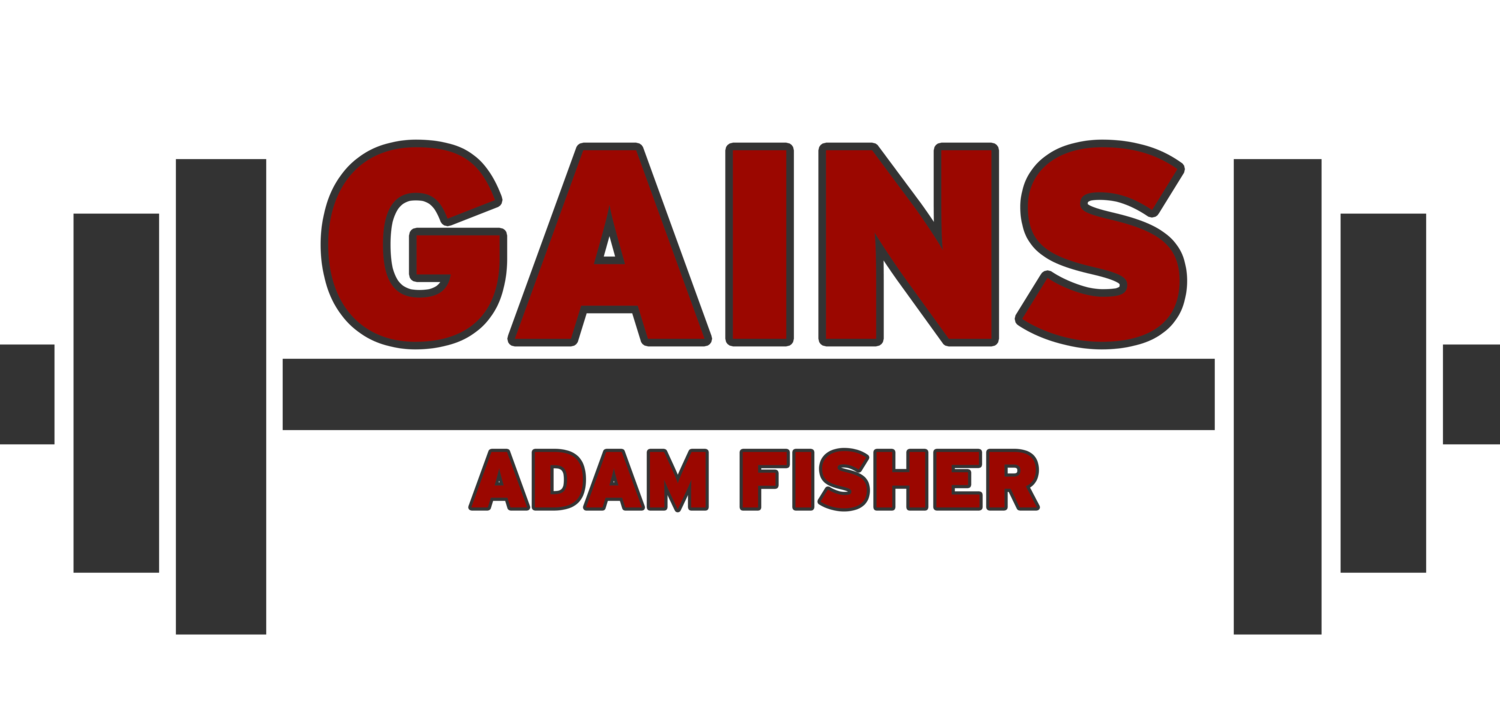

The Colorado Experiment
The Colorado Experiment was not conducted in a truly scientific way, but was more of a marketing push very similiar to today’s common “get ripped quick with little effort” schemes. The results published results were astonishingly, impossibly good in terms of muscle building and body composition, but there isn’t a way to prove if the parameters of the experiment were truly followed and people have never been able to replicate the results since.
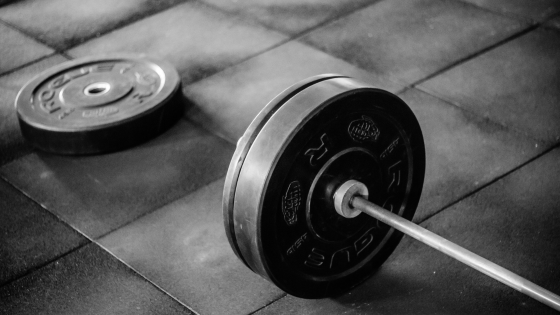
Simplicity Is King, and Muscle Confusion Is Garbage
In general, you’ll get better results from following a simpler routine more consistently, rather than constantly varying and changing your routine. Fad workout routines based around “muscle confusion” can work, but will generally provide you inferior results to simpler and more consistent routines. Serious lifting athletes rely on ideal the routines and strategies which have been developed over the years, and focus on practicing a small number of movements repeatedly, rather than constantly varying movements.
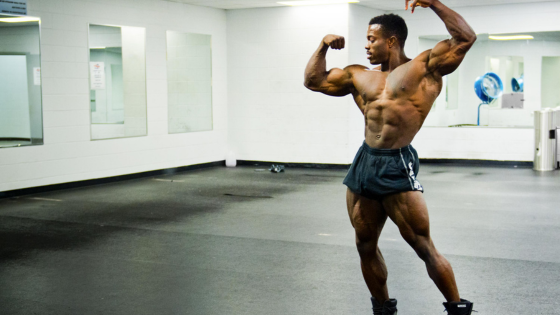
You Shouldn’t Care About Your Bodyfat Percentage
Body composition is a popular metric for measuring overall fitness and physique, but it has significant drawbacks to its use. There are no publicly available and reliable methods for measuring body composition, which means that the metric itself is less useful (and often more discouraging) than it should be. While it may “seem” less scientific or data-focused, in reality, ditching or de-emphasizing body composition in favor of other methods can generally produce better results.
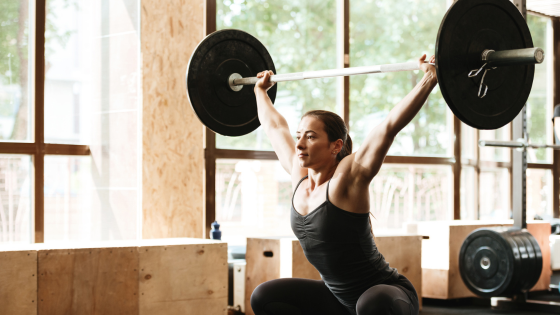
How Do I Build Maximum Strength?
Training for strength is remarkably similar to training for any athletic goal, and a lot simpler than people make it out to be. Still, it’s very possible to mess things up by getting in your own head and having the wrong mentality and approach. Here, we go over what it takes to become as strong as humanly possible.
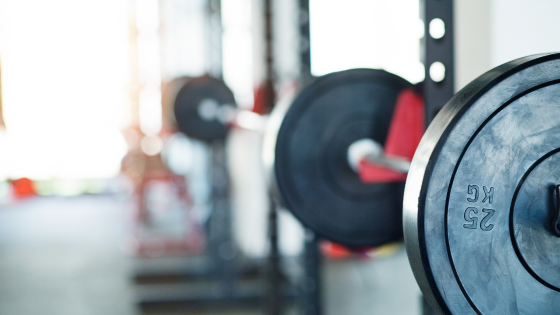
Are full range of motion or lengthened partials better for building muscle and strength?
Full range of motion and partials are two methods for varying your lifting, which involve manipulating the distance that you move the weight. Research generally showed that full range of motion is better than partials, but recent research has started to change on this subject. Recently, the training of “lengthened partials” came around, and shows us that actually, partials may sometimes be better than full range of motion.
